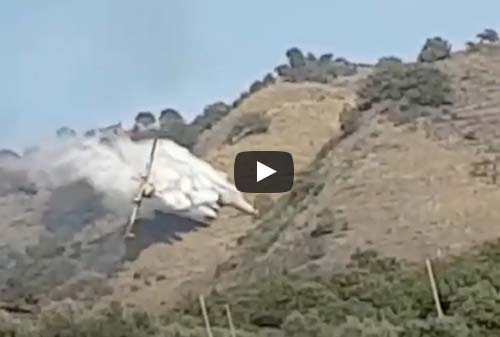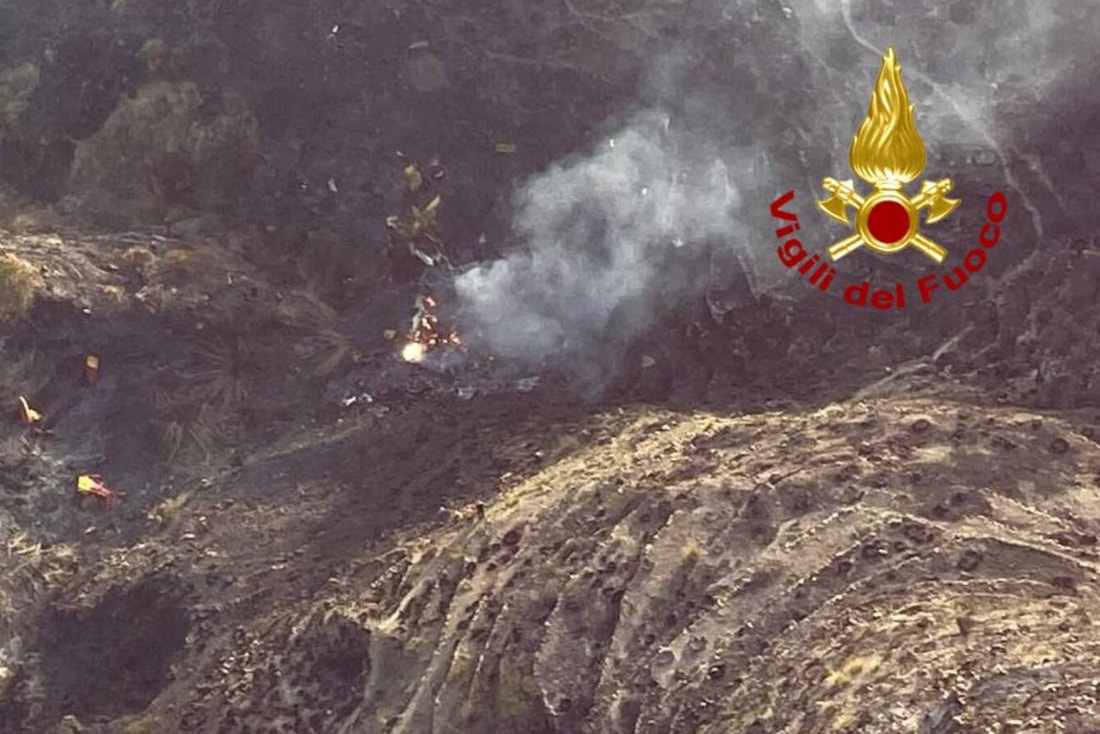- Home
- Magazines
-
Newsletters
- 19 July 2024
- 12 July 2024
- 5 July 2024
- 28 June 2024
- 14 June 2024
- 7 June 2024
- 31 May 2024
- 24 May 2024
- 17 May 2024
- 10 May 2024
- 3 May 2024
- 26 April 2024
- 19 April 2024
- 12 April 2024
- 22 March 2024
- 15 March 2024
- 8 March 2024
- 1 March 2024
- 23 February 2024
- 16 February 2024
- 9 February 2024
- 26 January 2024
- 19 January 2024
- 12 January 2024
- 22 December 2023
- 1 December 2023
- 24 November 2023
- 10 November 2023
- 3 November 2023
- 27 October 2023
- 20 October 2023
- 13 October 2023
- 6 October 2023
- 29 September 2023
- 22 September 2023
- 15 September 2023
- 8 September 2023
- 25 August 2023
- 18 August 2023
- 11 August 2023
- 4 August 2023
- 28 July 2023
- 21 July 2023
- 14 July 2023
- 7 July 2023
- 30 June 2023
- 23 June 2023
- 15 June 2023
- 2 June 2023
- 26 May 2023
- 19 May 2023
- 12 May 2023
- 5 May 2023
- 28 April 2023
- 21 April 2023
- 14 April 2023
- 6 April 2023
- 31 March 2023
- 24 March 2023
- 17 March 2023
- 10 March 2023
- 3 March 2023
- 24 February 2023
- 17 February 2023
- 10 February 2023
- 3 February 2023
- 27 January 2023
- 13 January 2023
- 22 December 2022
- 15 December 2022
- 9 December 2022
- 2 December 2022
- 25 November 2022
- 18 November 2022
- 11 November 2022
- 4 November 2022
- Advertising
- Subscribe
- Articles
-
Galleries
- AOSH Firexpo 2024
- Midvaal Fit to Fight Fire 2024
- WoF KNP 2023 Gallery
- TFA 2023 Gallery
- DMISA Conference 2023
- ETS 2023 Gallery
- Drager Fire Combat and Rescue Challenge 2023
- AOSH Firexpo 2023
- Midvaal Fit to Fight Fire
- WC IFFD 2023
- NMU 13th Fire Management Symposium 2022
- JOIFF Africa Conference 2022
- ETS 2022 Gallery
- TFA 2022 Gallery
- IFFD 2018
- SAESI
- TFA
- WRC 2018
- WRC 2019
- A-OSH/Securex
- IFE AGM 2019
- ETS Ind Fire Comp Nov 2019
- ETS Challenge 2021
- Drager launch
- Drager Fire Combat and Rescue Challenge 2022
- TFA
- Contact
- Home
- Magazines
-
Newsletters
- 19 July 2024
- 12 July 2024
- 5 July 2024
- 28 June 2024
- 14 June 2024
- 7 June 2024
- 31 May 2024
- 24 May 2024
- 17 May 2024
- 10 May 2024
- 3 May 2024
- 26 April 2024
- 19 April 2024
- 12 April 2024
- 22 March 2024
- 15 March 2024
- 8 March 2024
- 1 March 2024
- 23 February 2024
- 16 February 2024
- 9 February 2024
- 26 January 2024
- 19 January 2024
- 12 January 2024
- 22 December 2023
- 1 December 2023
- 24 November 2023
- 10 November 2023
- 3 November 2023
- 27 October 2023
- 20 October 2023
- 13 October 2023
- 6 October 2023
- 29 September 2023
- 22 September 2023
- 15 September 2023
- 8 September 2023
- 25 August 2023
- 18 August 2023
- 11 August 2023
- 4 August 2023
- 28 July 2023
- 21 July 2023
- 14 July 2023
- 7 July 2023
- 30 June 2023
- 23 June 2023
- 15 June 2023
- 2 June 2023
- 26 May 2023
- 19 May 2023
- 12 May 2023
- 5 May 2023
- 28 April 2023
- 21 April 2023
- 14 April 2023
- 6 April 2023
- 31 March 2023
- 24 March 2023
- 17 March 2023
- 10 March 2023
- 3 March 2023
- 24 February 2023
- 17 February 2023
- 10 February 2023
- 3 February 2023
- 27 January 2023
- 13 January 2023
- 22 December 2022
- 15 December 2022
- 9 December 2022
- 2 December 2022
- 25 November 2022
- 18 November 2022
- 11 November 2022
- 4 November 2022
- Advertising
- Subscribe
- Articles
-
Galleries
- AOSH Firexpo 2024
- Midvaal Fit to Fight Fire 2024
- WoF KNP 2023 Gallery
- TFA 2023 Gallery
- DMISA Conference 2023
- ETS 2023 Gallery
- Drager Fire Combat and Rescue Challenge 2023
- AOSH Firexpo 2023
- Midvaal Fit to Fight Fire
- WC IFFD 2023
- NMU 13th Fire Management Symposium 2022
- JOIFF Africa Conference 2022
- ETS 2022 Gallery
- TFA 2022 Gallery
- IFFD 2018
- SAESI
- TFA
- WRC 2018
- WRC 2019
- A-OSH/Securex
- IFE AGM 2019
- ETS Ind Fire Comp Nov 2019
- ETS Challenge 2021
- Drager launch
- Drager Fire Combat and Rescue Challenge 2022
- TFA
- Contact
Follow us
Italian CL-415 water bomber crashed, Sicily
Multiple Italian bystanders recorded the loss of two pilots and their CL-415, as they fought a fire over uneven terrain in Sicily on Thursday, 27 October 2022. It happened near Linguaglossa, which is part of Catania in Sicily. The fire fighting crew was working on a fire, near small buildings but over rural, very uneven terrain. The aircraft is an Italian Canadair (now De Havilland Canada) CL-415, with registration I-DPCN, serial number 2070. The two pilots on board the aircraft are still officially missing in the crash. The aircraft was part of a fleet of 19 CL-415s owned by the Dipartimento dei Vigili del Fuoco, del Soccorso Pubblico e della Difesa Civile (Department of firefighters, public rescue and civil defence) but operated by Babcock, the company that provides the Canadair service in Italy as part of an outsourcing contract.
On the day of the crash, the aircraft had reportedly taken off from Lamezia Terme International Airport, in the south of the Italian mainland. At least two videos from different angles show the aircraft diving over the fire and releasing its water load. An initial hypothesis on what happened to the crashed aircraft has been put forward by the National Civil Defence. It would have been the impact of the hull against the Monte Calcinera ridge that caused the fire brigade plane to fall. The Urban search and rescue (USAR) teams of the fire brigade were working on the spot with other ground personnel and an AW 139 ‘Drago 146’ helicopter in service at the Catania flight department. Departing from Lamezia Terme, it had shortly before carried out a refuelling in Giarre. The Linguaglossa Fire Brigade iwere also on scene, including a team of Speleo alpino fluviale (Saf) experts and an AW 139 ‘Drago 146’ helicopter that is flying over the crash area. It is not clear if the pilots of the Italian CL-415 made their release on the fire itself or if they saw the danger they were in, and dumped the water in an attempt to gain altitude. Unfortunately, the aircraft then struck a ridgeline with its right wing. It had been banking heavily to the right at that time. The aircraft subsequently crashed, very close to the site of the fire. The impact ruptured the aircraft’s fuel tanks, which immediately caught fire. According to local media, both crew members lost their lives. At this time, we don’t know the nationality of the crew of the Italian CL-415. The operation of these aircraft can be very dangerous. Their proximity to the terrain, and the fact that they often operate in high winds (which typically help start such fires) with both thermals and the terrain shifting wind conditions, make their operation extremely challenging. The Canadair/De Havilland CL-215 and 415 aircraft can make multiple water drops quickly, by benefiting from bodies of water close to the fire site. But this only adds to the fast pace of the operations, with fatigue often becoming another challenge for their crews. Source: Mentour Pilot, The Aviationist |
Quick navigation
Social
|
Who are we?FRI Media (Pty) Ltd is an independent publisher of technical magazines including the well-read and respected Fire and Rescue International, its weekly FRI Newsletter and the Disaster Management Journal. We also offer a complete marketing and publishing package, which include design, printing and corporate wear and gifts. |
Weekly FRI Newsletter |
© Copyright 2018 Fire and Rescue International. All Rights Reserved.









